Night driving comes with inherent dangers. For one, darkness decreases visibility, which makes it harder for motorists to judge their surroundings. Furthermore, human circadian rhythms dip at night, increasing the likelihood of drowsy driving. And impaired motorists are more likely to be on the roads at night than at other times of the day.
These factors combined make night driving seem like a risky proposition. While it can be dangerous, motorists have ways to protect themselves when it is dark out.
Accidents often happen at night
The most common time for motor vehicle accidents, both fatal and nonfatal, is between 4 p.m. and 7:59 p.m. Notably, this period coincides with evening rush hour. During fall and winter, it also coincides with when the sun sets, and the darkness can compound the risks that motorists take when hurrying home.
After evening rush hour, motor vehicle accidents happen most often between 8 p.m. and 11:59 p.m. Fewer motorists are on the road during these hours, yet those who are may be at risk of an accident if they are tired or impaired. Even motorists who are alert will feel the effects of the darkness and the glare of vehicle lights.
Staying safe while driving at night
Whether during evening rush hour or late at night, motorists must take more precautions in the dark than they would during daylight hours. Because darkness reduces visibility, motorists must drive slower than normal. By decreasing their speed, they will have enough time to react to traffic, road conditions and hazards.
Motorists must also be cognizant about lights, whether those of other drivers or in their own vehicle. By averting their eyes from oncoming lights and dimming their dashboard, they will have an easier time focusing on the road.
Furthermore, motorists must make sure their vehicles are in safe operating conditions. Clean windshields can improve visibility, as can clean headlights that are properly angled.
With darkness can come drowsiness, and motorists must take measures to combat it if they feel it coming on. A cup of coffee and a quick nap can help restore energy over the short-term. Turning on soft music or air conditioning can also help motorists stay awake during the evening and nighttime.
Though driving in the dark comes with risks, it is possible to do in a safe manner. By taking preventative measures, motorists can reduce their chances of getting into an accident.


